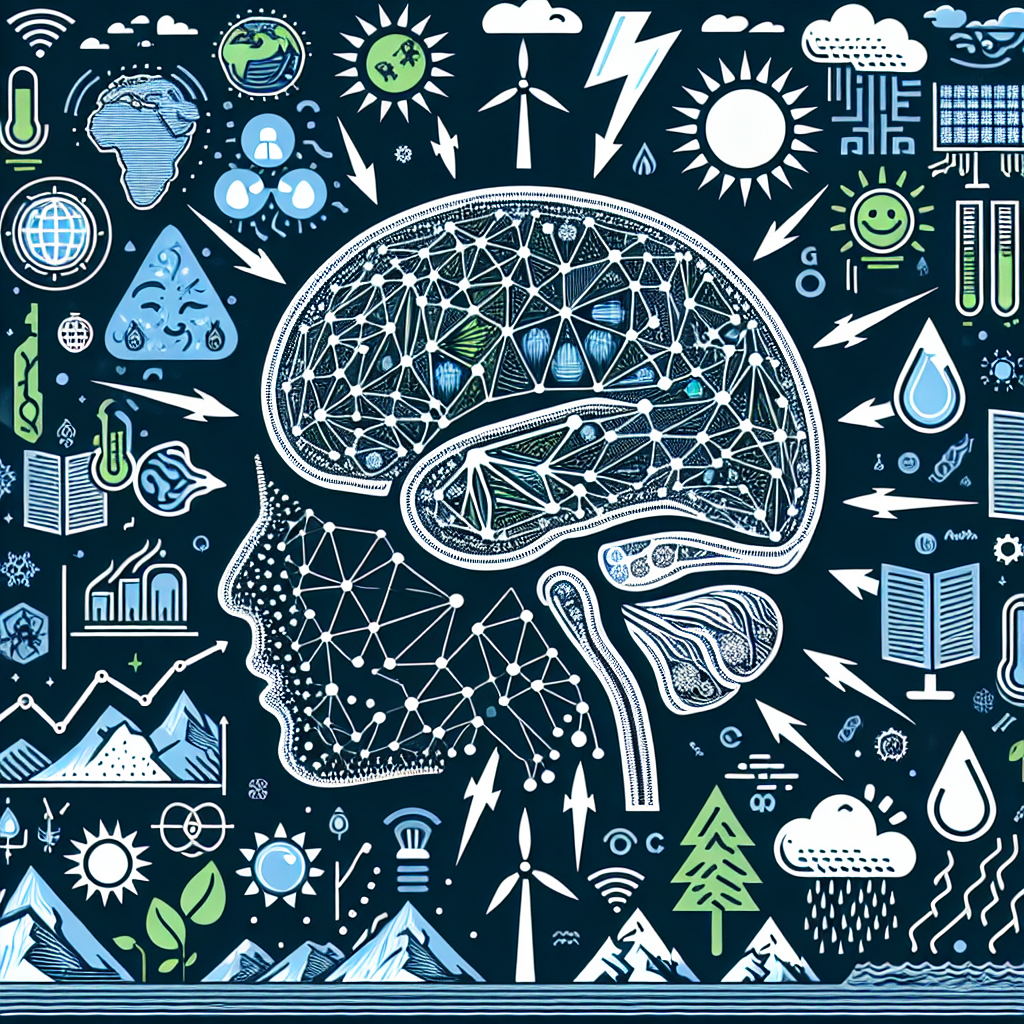In recent years, the world has witnessed the devastating effects of climate change, from extreme weather events to rising sea levels. As global temperatures continue to increase, it has become imperative for us to take action to mitigate and adapt to these changes. One of the key tools in our arsenal for combating climate change is artificial intelligence (AI). Leveraging AI technologies can help us in both reducing greenhouse gas emissions and building resilience to climate change impacts.
Mitigation:
One of the ways AI can help in mitigating climate change is by optimizing energy consumption. AI algorithms can analyze large datasets to identify patterns and trends in energy usage, helping companies and individuals to reduce their carbon footprint. For example, AI-powered smart thermostats can learn the preferences of occupants and adjust the temperature accordingly, resulting in lower energy consumption.
Another area where AI can make a significant impact is in transportation. By optimizing routes and reducing traffic congestion, AI can help decrease emissions from vehicles. Additionally, AI can play a role in the development of autonomous vehicles, which are expected to be more energy-efficient and environmentally friendly compared to traditional vehicles.
Furthermore, AI can be used in the design and operation of renewable energy systems. AI algorithms can optimize the placement of solar panels and wind turbines, as well as predict energy production based on weather conditions. This can help increase the efficiency of renewable energy sources and reduce our reliance on fossil fuels.
Adaptation:
In addition to mitigating climate change, AI can also help us adapt to its impacts. For example, AI-powered predictive modeling can help us better understand and prepare for extreme weather events, such as hurricanes and droughts. By analyzing historical data and simulating different scenarios, AI can help governments and communities develop effective strategies for disaster preparedness and response.
AI can also be used in the development of climate-resilient infrastructure. By analyzing data on sea-level rise, temperature changes, and other climate-related factors, AI can help engineers and urban planners design buildings and infrastructure that are better able to withstand extreme weather events. This can help reduce the economic and human costs of climate change impacts.
FAQs:
Q: How can AI help in reducing greenhouse gas emissions?
A: AI can help in reducing greenhouse gas emissions by optimizing energy consumption, improving transportation efficiency, and increasing the use of renewable energy sources.
Q: Can AI predict the impacts of climate change?
A: AI can help in predicting the impacts of climate change by analyzing historical data and simulating different scenarios. This can help governments and communities prepare for extreme weather events and other climate-related challenges.
Q: How can AI be used in disaster preparedness and response?
A: AI can be used in disaster preparedness and response by analyzing data on extreme weather events and simulating different scenarios. This can help governments and communities develop effective strategies for disaster response and recovery.
Q: What are some examples of AI technologies being used for climate change mitigation and adaptation?
A: Some examples of AI technologies being used for climate change mitigation and adaptation include AI-powered smart thermostats, autonomous vehicles, and predictive modeling for extreme weather events.
In conclusion, AI has the potential to be a powerful tool in the fight against climate change. By leveraging AI technologies, we can reduce greenhouse gas emissions, improve energy efficiency, and build resilience to the impacts of climate change. However, it is important to ensure that AI is used responsibly and ethically to address the complex challenges posed by climate change. By harnessing the power of AI, we can work towards a more sustainable and resilient future for our planet.

